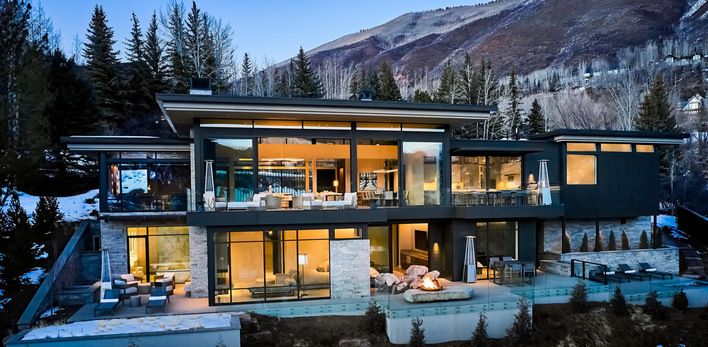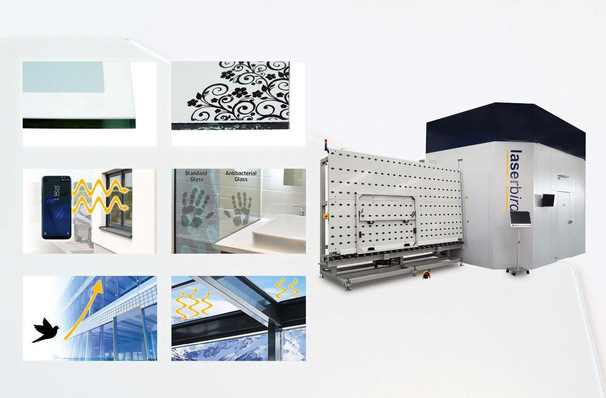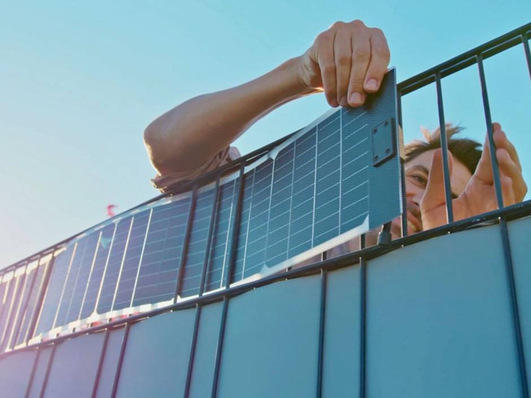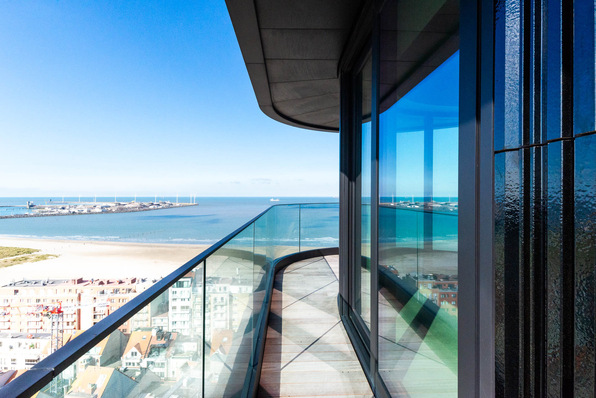Using the tried-and-tested online tool, manufacturers of insulated glass units and window makers now have a very easy way to check whether the use of Swisspacer Air is able to achieve the pressure equalisation required to avoid the damage caused by climatic loads – fully tailored to specific insulated glass units and for underlying conditions such as climatic zones and difference in elevation above sea level during transport.
See also: Warm Edge IG units at the highest level
The digital solution also makes it possible to determine whether the planned insulated glass units will achieve a service life of more than fifteen years as required by DIN EN 1279-2 (“Glass in buildings”). “Manufacturers of insulated glass units and window makers can perform their own feasibility analysis with the new tool,” Rutger van Eijk, Sales Director Europe at Swisspacer, explains the advantages, and continues, “Should it not be possible to use Swisspacer Air to equalise the pressure, then alternatives can be simulated. So in this case, too, we can find a solution together with the customer.”
The application takes a range of parameters into consideration
The online tool is very easy to use. Processors enter the required parameters into a selection screen. These include the type and coating of the glass, double or triple glazing, the size of the cavity and the dimensions of the unit. While performing the calculation, the application takes into consideration both the maximum difference in elevation above sea level between production and installation location and the respective climatic zone.
“Thanks to the new tool, manufacturers of insulated glass units and window makers no longer have to rely on the ‘trial and error’ approach. They now have a safe calculation basis available to them for the planning process,” Eijk summarises the main advantage of the Caluwin extension.
Based on current regulations and standards
The calculation is based on current regulations such as TRLV (Technical Rules for the Use of Glazing on Linear Supports), prEN 16612:2017 (basis of assessment for the mechanical and thermal properties of triple glazing units), DIN EN 673 for determining the temperature in the cavity between the panes and DIN EN 1279-2 for calculating the expected service life.













